Planet Composition in our Solar System
The General Purpose
The solar system is full of mysteries, ready for humans to discover and learn about. This unique world contains many materials for humans to utilize as they need to live, grow, discover, and create. For astronomers; this is all an enjoyment from researching new technology to exploring new places, and discovering many new subjects and fields in the universe. Certain planets in the solar system will be discussed in this essay explaining specific features that have been discovered and why these physical features are important to human civilization in the modern world.
Planets in our solar system, Including Pluto; (Dreamstime, 2018).
Introduction
Planet composition is a common study in the universe so new habitable planets can be discovered and used in the future. Planets such as Mars and Titan have been taken into consideration to further explore and answer everyone’s questions. Why do these planets matter so much? What do we do when we run out of resources? Their importance is the metals, minerals, and gases it contains that humans would use daily for research purposes, development, and technology. If Earth can’t provide important resources anymore, they would have to be made artificially or found in a new world such as Mars or Titan. Asteroid mining missions also have been taken into consideration to gather resources from nearby asteroids in our orbit. Planets in our solar system are made up of special gases, valuable metals, and minerals.
What all planets’ atmospheres are made up of, (Compound Interest, 2015).
Gases in our Solar System
The most well-known planet in the solar system, Earth, where all of mankind, nature, and materials lie. Earth has no Jovian surface, making it a terrestrial planet. A jovian surface is an ocean-like area made up of gases and no solids. This blue and green planet is relatively small in mass compared to most planets in the solar system. Gases on Earth are located in the atmosphere, or close to oil deposits. The atmosphere is made up of seventy-eight percent nitrogen, twenty-one percent oxygen, and one percent argon. “While Earth's atmosphere contains 78% N2” (University of Sulaimani Kurdistan, 2015). The most abundant gases you can find near oil deposits is methane; which is made up of hydrogen and carbon. Gases such as oxygen and carbon dioxide are very important for life on Earth as all humans breathe in oxygen and breathe out carbon dioxide; while plants are the opposite. These common gases aren’t only found on Earth also found on Mars.
Image of Earth, (TDA Global Cycling, 2018).

Liquid Nitrogen, (MEL Science, 2018).

Oxygen, (The Sleuth Journal, 2016).
Mars is one of the red planets in our solar system that is close to Earth’s orbit and could be habitable. As it is a terrestrial planet as well as Earth, they are related in some ways. Such as it also has no jovian surface; this means missions can be and have been completed on the surface of Mars. Its’ atmosphere is made up of 0.146% oxygen; 95.97% carbon dioxide making it plant friendly and very common on Mars; 0.0557% carbon monoxide; 1.89% nitrogen; and 1.93% argon. “By far the predominant gas is carbon dioxide, making up 95.9 percent of the atmosphere's volume” (Greicius, 2012). Due to Mars having a large amount of carbon dioxide in its’ atmosphere; lots of plants, trees, and crops could be used to produce a good amount of oxygen and food for humans and animals to breathe. Although, water and soil are still needed for this process to be successful. Water vapor and helium are also present on Mars; coming from raining meteorites and pre-existing storms. In general, Mars has a good amount of proper gases needed for humans to start a basic civilization on Mars.
Mars, (Central Datacore, 2018).
Carbon Dioxide, (iStock, 2018).
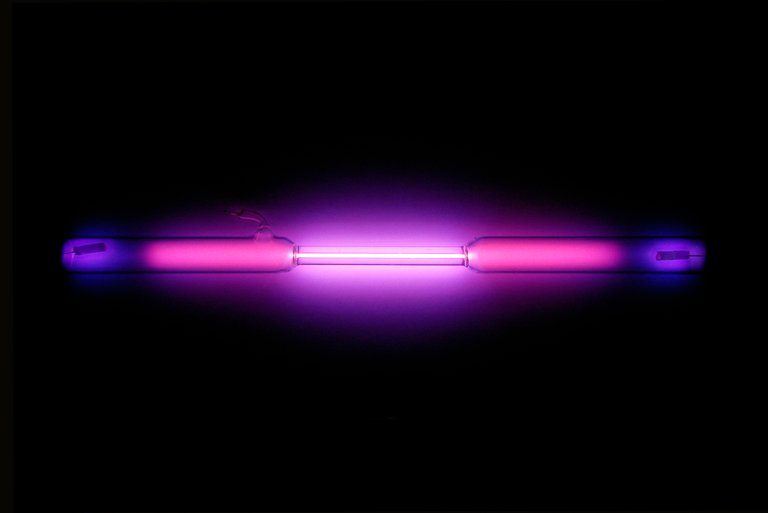
Argon, (Wikipedia, 2018).
Jupiter is the largest and most familiar gas giant in the solar system. Unlike Mars and Earth; Jupiter is not a terrestrial planet, but again a gas giant instead. Jupiter has a jovian surface, meaning it’s mainly made of gases; and has no solid surface or a chunk of physical land to stand on. For what scientists and astronomers know, Jupiter is mainly made up of hydrogen and helium. There is a possible chance of Jupiter having liquid metallic hydrogen since the pressure is super high where the liquid hydrogen exists. “The zone of liquid hydrogen extends to a depth where the pressure is so high that it is believed there is a layer of liquid metallic hydrogen at a pressure of 3 million bars.” (NASA, 2018). Metallic hydrogen is when hydrogen acts like an electrical conductor when the hydrogen is at a high pressure and high-temperature area. Water, ammonia, and methane are also present in the core of Jupiter. Civilization on Jupiter will be nearly impossible due to the natural conditions such as; temperatures in the core of up to 20,000 degrees Celsius, wind speeds about 384 miles per hour, lack of oxygen, and more.
Jupiter, (HD Wall Source, 2017).
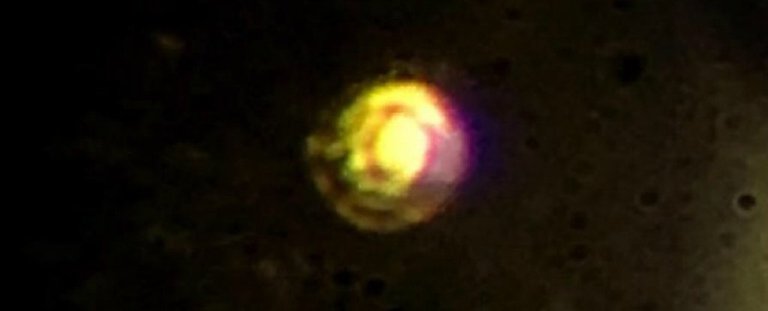
Earth’s only source of liquid metallic hydrogen, (ScienceAlert, 2017).
Valuable Metals in our Solar System
Information on precious gases on Earth has already been discussed. But how do people invent new technology, build homes, buildings, make tools, and more? This is where valuable metals come to place. Metals on Earth and Mars include Iron, Aluminum, and Rhodium. Iron is the most common metal on Earth and is used every day in manufacturing steel, civil engineering, creating devices, and more. Other metals are also refined by certain materials with iron. “90% of all metal that is refined today is iron,” (Periodic Table, 2018). Iron is found in the Earth’s crust; which is also made up of nickel and sulfur, but iron is rarely found naturally separated. Iron can be found in haematite and other minerals including magnetite and taconite. China, Australia, and Brazil are the top three producers of iron in the world.
Iron, (Chemistry Blog, 2016).
Aluminum is another very common metal that is used a lot by humans on a daily basis. This common metal can be used for cans, foils, kitchen utensils, window frames, and airplane parts to name a few. For electricity, aluminum is a very reliable electrical conductor just like copper, but it’s more lightweight and cheaper. Aluminum is durable as well, which is why it is used for airplane parts. It can be commonly found in the Earth’s crust along with many other metals; aluminum can be found with bauxite and cryolite. Aluminum is rarely found naturally uncombined, just like iron, which is stated by the Periodic Table, “but is rarely found uncombined in nature. It is usually found in minerals such as bauxite and cryolite,” (Periodic Table, 2018). The top 3 producers of aluminum are Australia, Brazil, and China; the same as for iron.
Polished Bauxite Aluminum ore, (Fossilera, 2018).
Rhodium on Earth is the most expensive metals due to its extreme rarity. It looks very shiny and has a silvery metal look, and is also a hard metal. The major uses for this metal is a car part called catalytic, which is used to reduce nitrogen oxides in exhaust gases. “The major use of rhodium is in catalytic converters for cars (80%). It reduces nitrogen oxides in exhaust gases,” (Periodic Table, 2018). Rhodium is also used as a catalyst in the metal industry for making nitric acid, acetic acid, and hydrogenation reactions. This metal is considered the rarest non-hazardous metal on Earth. It is found naturally uncombined just like other platinum metals, in river stands in North and South America. South Africa, Russia, and Zimbabwe are the top three producers of rhodium.
Rhodium, (Chemical Elements).
Metals on Mars haven’t completely been discovered yet, as humans haven’t stepped foot on Mars to go mining to discover rare or even new metals. Over the past two years, NASA’s satellite MAVEN has detected iron, magnesium, and sodium ions in the upper atmosphere. MAVEN detected these metals with a Neutral Gas and Ion Mass spectrometer instrument to prevent any false-positives. It is known that meteor showers occur often on the surface of Mars. “The interplanetary dust that causes the meteor showers is common throughout our solar system, so it's likely that all solar system planets and moons with substantial atmospheres have metal ions, according to the team,” (NASA, 2017). There is a lot to discover on Mars, the more missions there are outside of Mars, the more astronomers can learn about Mars.
A “meteor shower concept” on Mars, (NASA, 2014).
Valuable Minerals in our Solar System
Metals on Earth are very important and used for making products, buildings and more; but minerals also have a huge purpose for daily life on Earth. There are a lot of different types of minerals on Earth, but one of the most common and used one is magnetite. Magnets are made up of magnetite and other materials, it’s also where it gets its name from. Magnetites are a very common iron oxide in which an iron concentration of 72.4%. “It is the most commonly mined ore of iron. It is also the mineral with the highest iron content (72.4%),” (Hobart, 2018). Magnetites are commonly used for magnets (which are used in all sorts of batteries, and more). Taconite is another type of mineral that lies on Earth and relies on iron. It’s a low-grade iron ore that is found commonly around Lake Superior. This mineral is also magnetic, meaning it is used in magnets as well.
Magnetite, (Wikipedia, 2018).
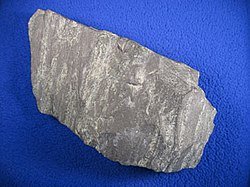
Taconite, (Wikipedia, 2018).
Minerals on Mars are very different than minerals on Earth. Some common notable rocks and minerals that have been discovered are Adirondack, Barnacle Bill, Yogi, Mimi and many more. Adirondack is known to be Spirit's (a robotic rover, also known as MER-A or MER-2) first target rock (because it was dust free) to be discovered. The first rock was located in Gusev Curator. Barnacle Bill is a 16-inch rock that was discovered by Sojourner (a Mars Pathfinder) using it’s Alpha Proton X-Ray Spectrometer tool. It was found in Sol three during the Mars pathfinders mission, which took ten hours to complete. The Yogi rock was discovered in 1997 during the Mars pathfinders mission as well. It was named after Geoffrey A. Landis and because the rock resembles the head of a bear looking away from the spacecraft. Mimi was also discovered by the Spirit rover. These rocks can have some history behind them and can tell astronomers a lot about Mars.
Adirondack rock on Mars, (Wikipedia, 2018).
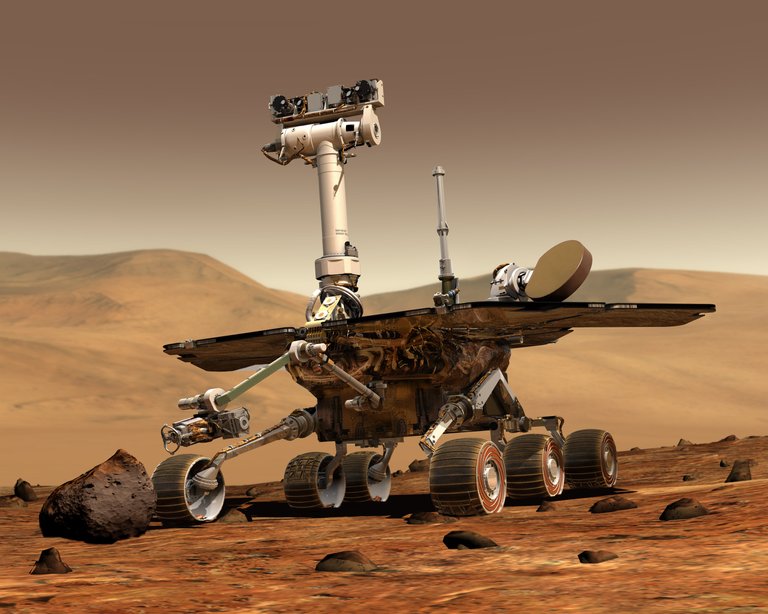
Spirit, the robotic rover also known as MER-A or MER-2).
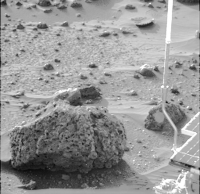
Barnacle Bill rock on Mars, (Wikipedia, 2018).
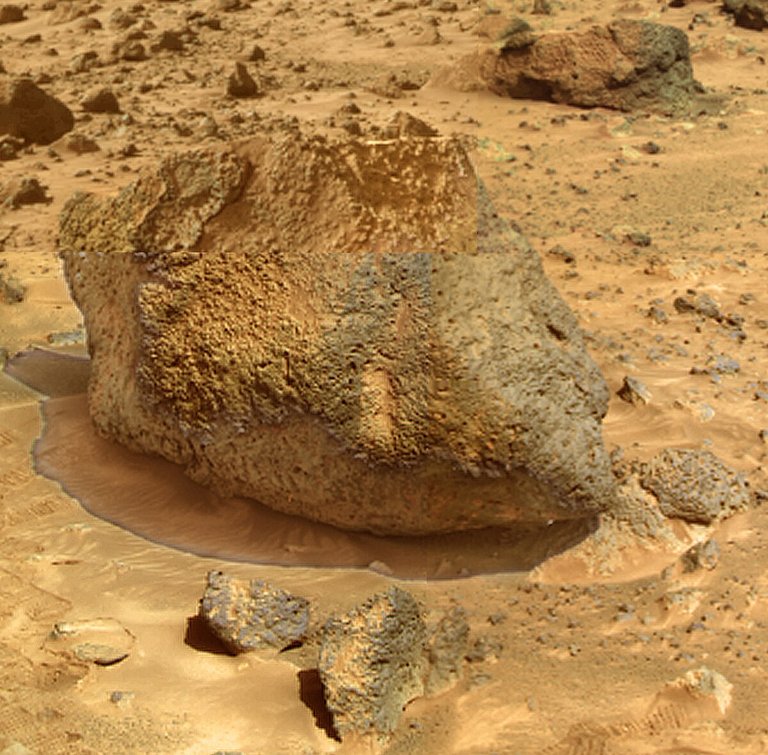
Yogi rock on Mars, (Wikipedia, 2018).

Mimi rock on Mars, (Wikipedia, 2018).
Conclusion
In the solar system, the planets are all made up of unique gases, metals, and minerals. These planets are either terrestrial or gas giants, which can tell us a lot about what types of gases, metals, and miners to look for. Most of our knowledge lies on Earth because it’s the only terrestrial, habitable planet humans are completely familiar with. From what is known in general, most planets have common gases in their atmospheres such as carbon dioxide, nitrogen, hydrogen, and a little bit of oxygen. These places can also contain a good amount of iron and magnetite on the surface or ions in the atmosphere. Lastly, all planets could have different types of rocks and minerals. The solar system is full of mysteries and can contain information that would help explain events such as how the solar system formed and how all planets were composed of gases, metals, and minerals.
Article APA Citations
E.M, A.T. (2012, July 24). natural gas. Retrieved May 7, 2018, from National Geographic
Greicius, T. (Ed.). (2012, November 2). The Five Most Abundant Gases in the Martian
Atmosphere. Retrieved May 17, 2018, from NASA website:
Hobart, M. (2018). Magnetite and Lodestone. Retrieved May 17, 2018, from Geology website:
Not of This World: Precious Metal Meteorites. (2012, August 27). Retrieved May 7, 2018, from
Steigerwald, B. (Ed.). (2017, April 10). NASA's MAVEN Reveals Mars Has Metal in its
Atmosphere. Retrieved May 14, 2018, from NASA website:
University of Oklahoma. (2017, June 8). Composition of Earth-size planets in TRAPPIST-1
Asteroid Mining An unlimited future for all mankind. (2018). Retrieved May 9, 2018, from Deep Space Industries website: http://deepspaceindustries.com/mining/
Carnegie Institution. (2015, March 13). New Mercury surface composition maps illuminate the planet’s history. Retrieved May 7, 2018, from ScienceDaily website: https://www.sciencedaily.com/releases/2015/03/150313110434.htm
Composition and structure of planets. (n.d.). Retrieved May 7, 2018, from lumen website: https://courses.lumenlearning.com/astronomy/chapter/composition-and-structure-of-planets/
website: https://www.nationalgeographic.org/encyclopedia/natural-gas/
Graphic Organizer: Comparison of rocky and gas planets. (n.d.). Retrieved May 7, 2018, from Amazing Space website: https://amazing-space.stsci.edu/resources/organizers/rock_v_gasplanets.php
https://www.nasa.gov/mission_pages/msl/multimedia/pia16460.html
https://geology.com/minerals/magnetite.shtml
H, H., KM, R., D, M., & R, I. (2015, July 30). Comparing the Atmospheric Compositions of All Planets and Giant Moons in Solar System. Retrieved May 7, 2018, from Journal of Astrobiology & Outreach website: https://www.omicsonline.org/open-access/comparing-the-atmospheric-compositions-of-all-planets-and-giant-moons-in-solar-system-2332-2519-1000136.php?aid=57463
KU Leuven. (2016, July 14). Surface composition determines temperature and therefore habitability of a planet. Retrieved May 7, 2018, from ScienceDaily website: https://www.sciencedaily.com/releases/2016/07/160714091503.htm
NASA. (2003, October 23). Gas Giant Interiors: 2003. Retrieved May 7, 2018, from NASA Solar System Exploration website: https://solarsystem.nasa.gov/resources/677/gas-giant-interiors-2003/
Scripps Institution of Oceanography website: https://scripps.ucsd.edu/news/537
Periodic Table. (2017). Retrieved May 9, 2018, from Royal Society of Chemistry website: http://www.rsc.org/periodic-table/element/26/iron
https://www.nasa.gov/press-release/goddard/2017/metal-mars
Terrestrial and Jovian Planets. (n.d.). Retrieved May 9, 2018, from NOVA website: http://www.pbs.org/wgbh/nova/education/activities/3113_origins_07.html
system. Retrieved May 7, 2018, from ScienceDaily website: https://www.sciencedaily.com/releases/2017/06/170608145559.htm
I spent a large amount of time on this article and would very appreciate an upvote and a resteem to support this article. Tell your friends about this article to support my hard work. Thank you! Have a great day/night.
DONATE ETH: 0x1F6fA14d9707BC52196a95aE82a80487Fa099821
JOIN POWH and BUY SOME P3D: https://powh.io/?masternode=0x1f6fa14d9707bc52196a95ae82a80487fa099821
PLAY ETHERGOO IDLE GAME: https://ethergoo.io/freekitty/0x1f6fa14d9707bc52196a95ae82a80487fa099821

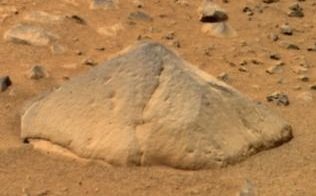
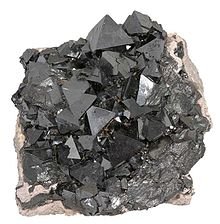
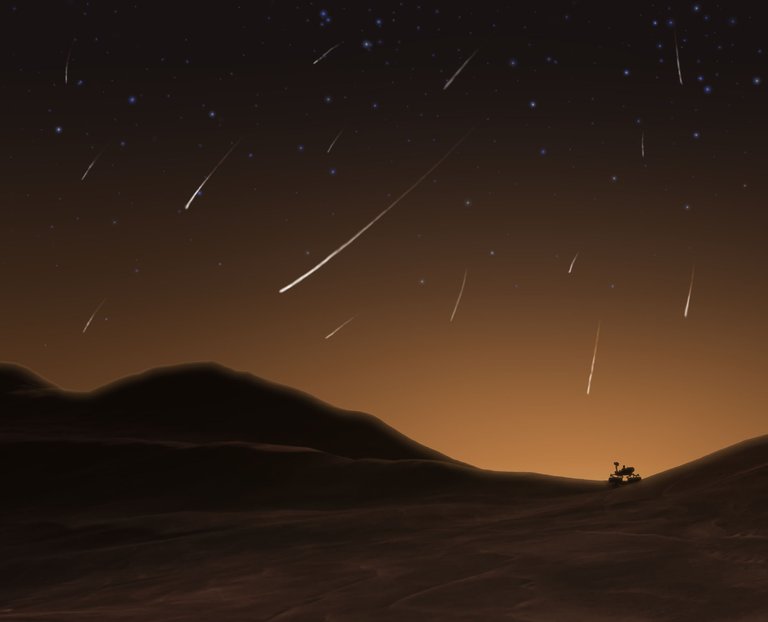
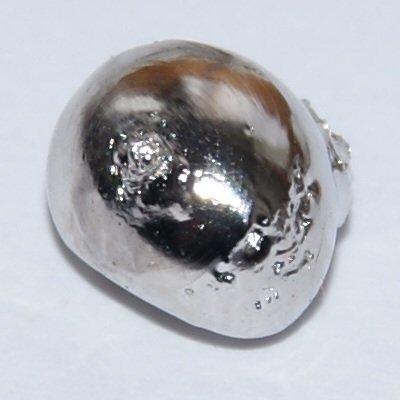
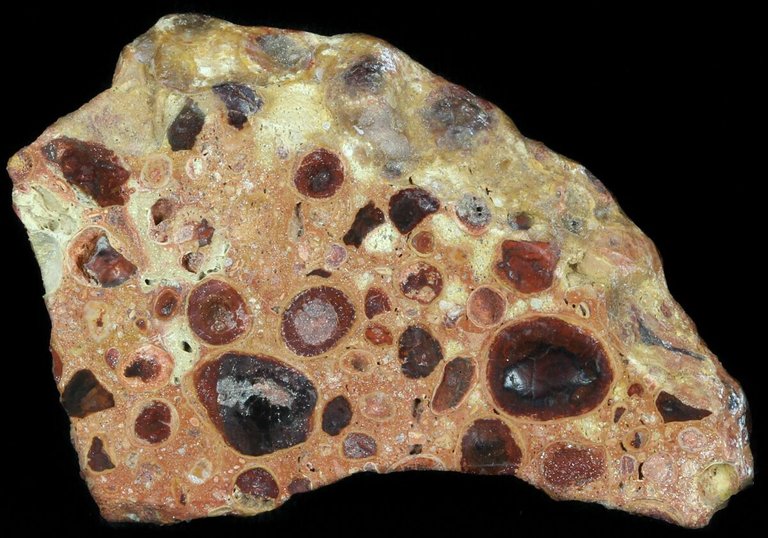

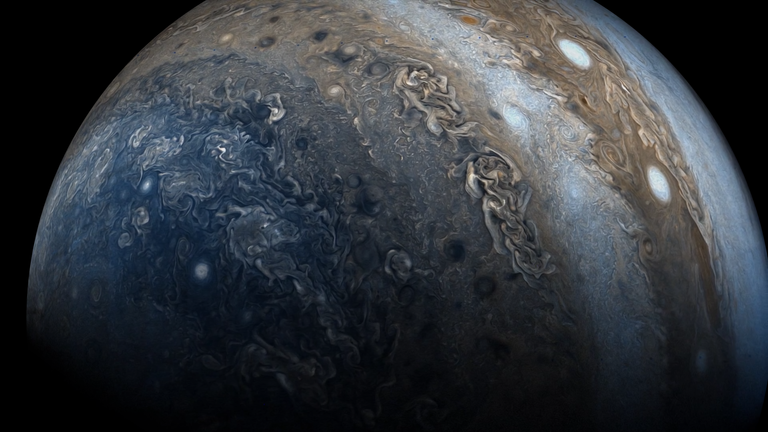
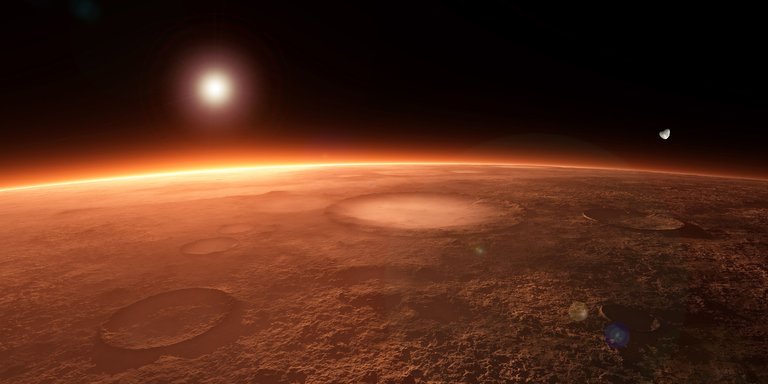

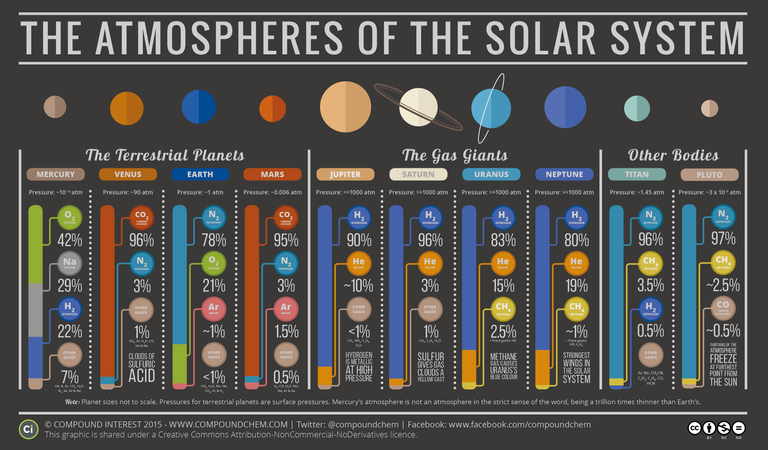
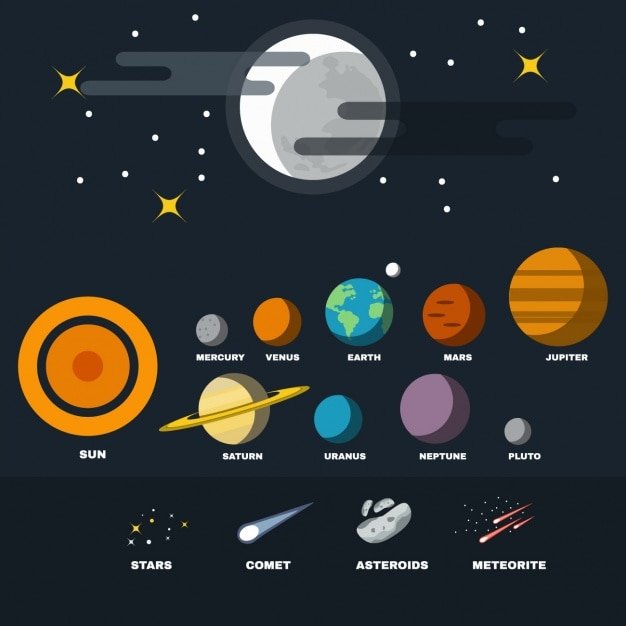
@originalworks
Peace, Abundance, and Liberty Network (PALnet) Discord Channel. It's a completely public and open space to all members of the Steemit community who voluntarily choose to be there.Congratulations! This post has been upvoted from the communal account, @minnowsupport, by CryptoGrounds from the Minnow Support Project. It's a witness project run by aggroed, ausbitbank, teamsteem, theprophet0, someguy123, neoxian, followbtcnews, and netuoso. The goal is to help Steemit grow by supporting Minnows. Please find us at the
If you would like to delegate to the Minnow Support Project you can do so by clicking on the following links: 50SP, 100SP, 250SP, 500SP, 1000SP, 5000SP.
Be sure to leave at least 50SP undelegated on your account.
Congratulations! Your post has been selected as a daily Steemit truffle! It is listed on rank 15 of all contributions awarded today. You can find the TOP DAILY TRUFFLE PICKS HERE.
I upvoted your contribution because to my mind your post is at least 17 SBD worth and should receive 118 votes. It's now up to the lovely Steemit community to make this come true.
I am
TrufflePig, an Artificial Intelligence Bot that helps minnows and content curators using Machine Learning. If you are curious how I select content, you can find an explanation here!Have a nice day and sincerely yours,

TrufflePigVery good post infographic and photo are good thank . upvoted and resteem
Thanks, much appreciated.
You have been defended with a 32.79% upvote!
I was summoned by @nightgrounds.
You got a 16.34% upvote from @dailyupvotes courtesy of @nightgrounds!
Please upvote this comment to support the service.
You got a 18.18% upvote from @whalepromobot courtesy of @nightgrounds!
You got a 11.76% upvote from @nado.bot courtesy of @nightgrounds!
Send at least 0.1 SBD to participate in bid and get upvote of 0%-100% with full voting power.
You got a 22.87% upvote from @redlambo courtesy of @nightgrounds! Make sure to use tag #redlambo to be considered for the curation post!
You got a 11.36% upvote from @minnowvotes courtesy of @nightgrounds!
Great post!
Thanks for tasting the eden!
Sneaky Ninja Attack! You have just been defended with a 1.88% upvote!
I was summoned by @nightgrounds. I have done their bidding and now I will vanish...
woosh
A portion of the proceeds from your bid was used in support of youarehope and tarc.
Abuse Policy
Rules
How to use Sneaky Ninja
How it works
Victim of grumpycat?
us Steem Power & get 100%daily rewards Payout! 20 SP, 50, 75, 100, 150, 200, 300, 500,1000 or Fill in any amount of SP Earn 1.25 SBD Per 1000 SP | Discord serverYou got a 1.84% upvote from @oceanwhale With 35+ Bonus Upvotes courtesy of @nightgrounds! Delegate
It's very rare to see APA or MLA sourcing. Awesome job!!!
Most recent user guide released on: May 14th
As a friendly reminder, the current upvote fee is $0.12 SBD ($0.121 for incognito). Current 300%+ upvote is now $0.36+ SBD.
Join our 10 SP Challenge!!!
Simply click this link to delegate 10 SP Now!
Or delegate any of these other amounts and make a "striking" return on your investment!
50 SP --- 100 SP --- 200 SP --- 500 SP --- 1000 SP
That being said...
Investors who delegate SP to @thundercurator are entitled to 75% of @thundercurator income after curation. Get on-board early and grow with us!
Thanks!
Hi Passing by and Upvoted you :) !
:
“Galileo, yet men turn around women!” ====> Ljupka Cvetanova